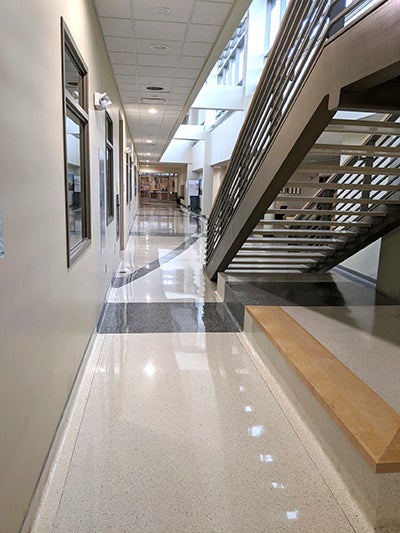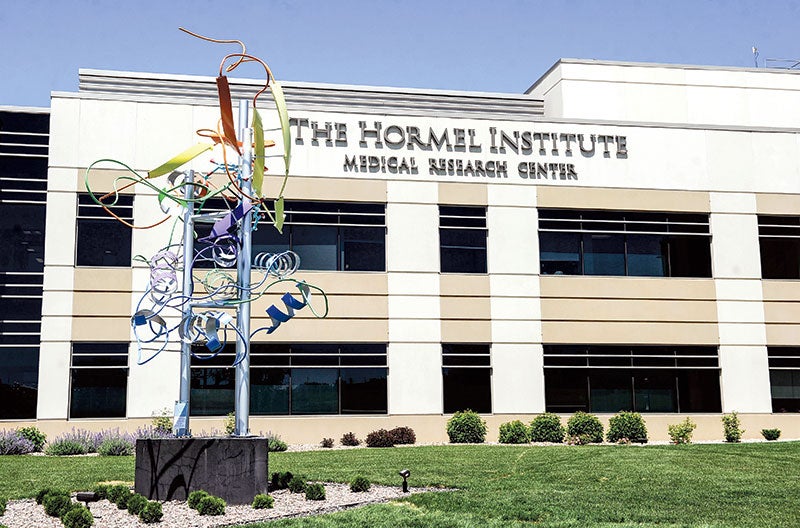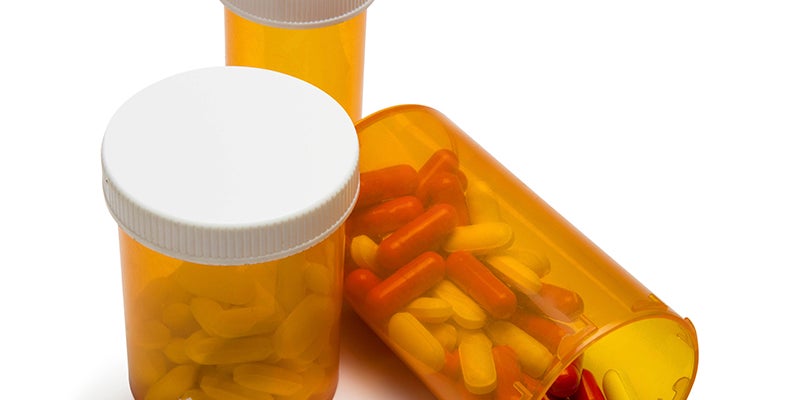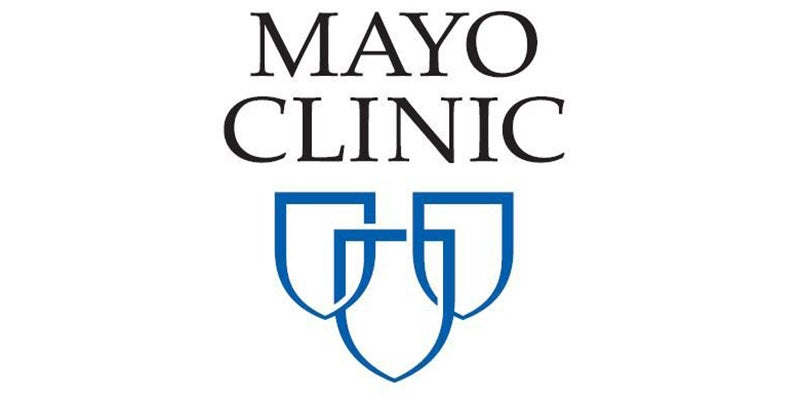Work is a team effort at the Hormel Institute
Published 12:01 pm Saturday, April 25, 2020
|
Getting your Trinity Audio player ready...
|
The arrival of COVID-19 globally has caused everyone to change how they live and work, including cancer research at The Hormel Institute, University of Minnesota.
As part of University of Minnesota, The Hormel Institute follows guidelines set forth by the Board of Regents, President Joan Gabel, Vice President for Research Dr. Chris Cramer, and a COVID-19 task force team who follow State of MN mandates.
As COVID-19 continues its impact, The Hormel Institute is adhering to actions such as eliminating in-person meetings and visits, closing the building to the public, and having all non-essential staff work remotely.
“I appreciate how our university, faculty, researchers, and support staff have met these challenges,” said Dr. Ann M. Bode, Interim Executive Director. “Working remotely when possible, developing new work schedules and plans to minimize threat to essential workers while creatively meeting responsibilities to further our mission.”

The halls at The Hormel Insitute may be empty but the work continues. Photo provided
It is an intense time for Human Resources with important changes that affect the health, safety, research and operations of The Hormel Institute faculty and staff that must be both communicated and managed.
“HR has the responsibility of ensuring HI faculty and staff adhere to UMN mandates and guidelines and the situation – and the landscape changes nearly daily,” said Minda Anderson, HR Manager.
Cancer research projects that are essential continue, with scientists in labs working on projects that must continue but using safety measures such as social distancing in the lab and wearing facemasks.
New research projects are temporarily on hold as scientists have been requested to work from home.
One new project underway is dedicated to COVID-19, utilizing the Institute’s CryoEM. The Titan Krios CryoEM is considered the world’s most powerful electron microscope and was provided to The Hormel Institute in 2016 thanks to the generosity of The Hormel Foundation.
“We are trying to understand the replication/transcription mechanism in COVID-19 virus by determining CryoEM structures of the relevant protein complexes, which will benefit our understanding of how this virus replicates/transcribes RNA and the development of effective antiviral drugs,” said Dr. Bin Liu, head of the Transcription and Gene Regulation lab. “This will help with the development of effective antiviral drugs and we hope to publish our preliminary data in a publication to share with scientists around the world.”
Dr. Jarrod French, head of the Nucleotide Metabolism and Drug Discovery lab, is using this time for his team to analyze data and review literature, meaning reading through research articles for information related to their research.
“We are currently analyzing the data that we recently collected using the CryoEM, in part by remotely making use of the institute’s significant computing resources,” said Dr. French. “Data analysis, in this case, can take weeks to complete so we are making good use of this time.”
Kim Klukas, Research Support Group Manager, is working on site helping researchers complete studies in process while also keeping future studies viable. The RSG team scaled back to groups of only two on site and follow new mandates.
The Development and Public Relations department is fully occupied working with HI, UMN and collaborative partners to further and share important projects and communications during this time.
“We have looked for ways to further our goals but also support the community that so generously gives to The Hormel Institute’s cancer research all year,” said Gail Dennison, Director of Development and Public Relations.
“The Hormel Institute is highly networked throughout the region, in particular southern Minnesota and the metro region, so it has been a busy time working through goals and plans that have been canceled, can be altered and finding new ways to support each other.”
A few ways the D/PR department and The Hormel Institute has been involved, in close collaboration with HI scientists, medical care personnel, businesses and colleagues from across the community, include:
•Connecting The Hormel Institute cancer research donors to help combat COVID-19 in the medical community. For example helping Absolute Energy, a major ethanol plant, partner with Mayo Clinic to provide hundreds of gallons of hand sanitizer. Assisting another company associated with The Hormel Institute, Kapra Cosmetics, which also donated hand sanitizer to Mayo Clinic.
•Providing Austin Public Schools (and any other interested schools) with teaching videos produced by The Hormel Institute’s scientists about science and research for students now studying remotely. The videos are appropriate for each grade level from pre-school/K through high school;
•Supporting area business with orders/purchases that are standard but may be more timely during COVID-19 when their businesses may be economically compromised.
“It’s likely that our post-COVID-19 lives will begin as a sunrise rather than an abrupt flip of a light switch,” said Joan Gabel, in a communication to all faculty and staff, forecasting what “returning to normal” would look like. “We will move forward gradually, transparently, supportively, and with our values intact. Thank you for all you are doing and continue to do.”
To read and see from more of The Hormel Institute’s faculty and staff on what their research and work looks like during the COVID-19 crisis, visit https://www.hi.umn.edu/covid19




